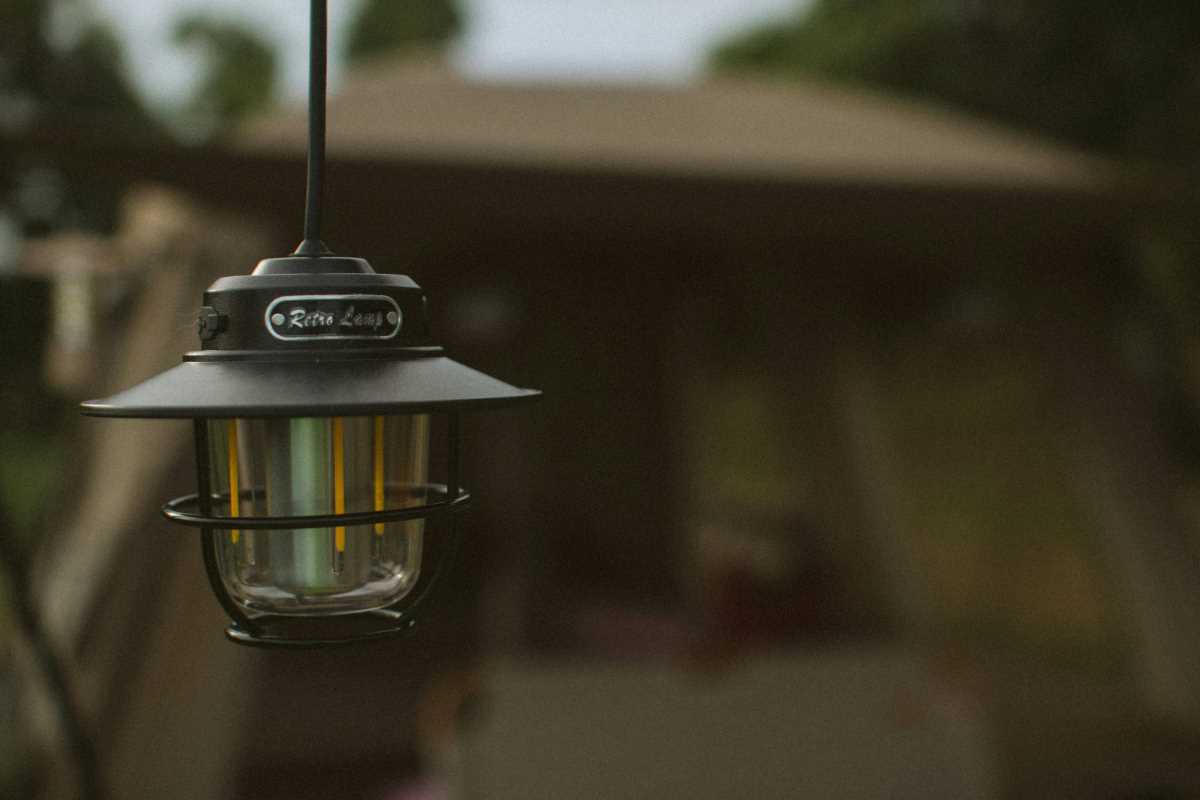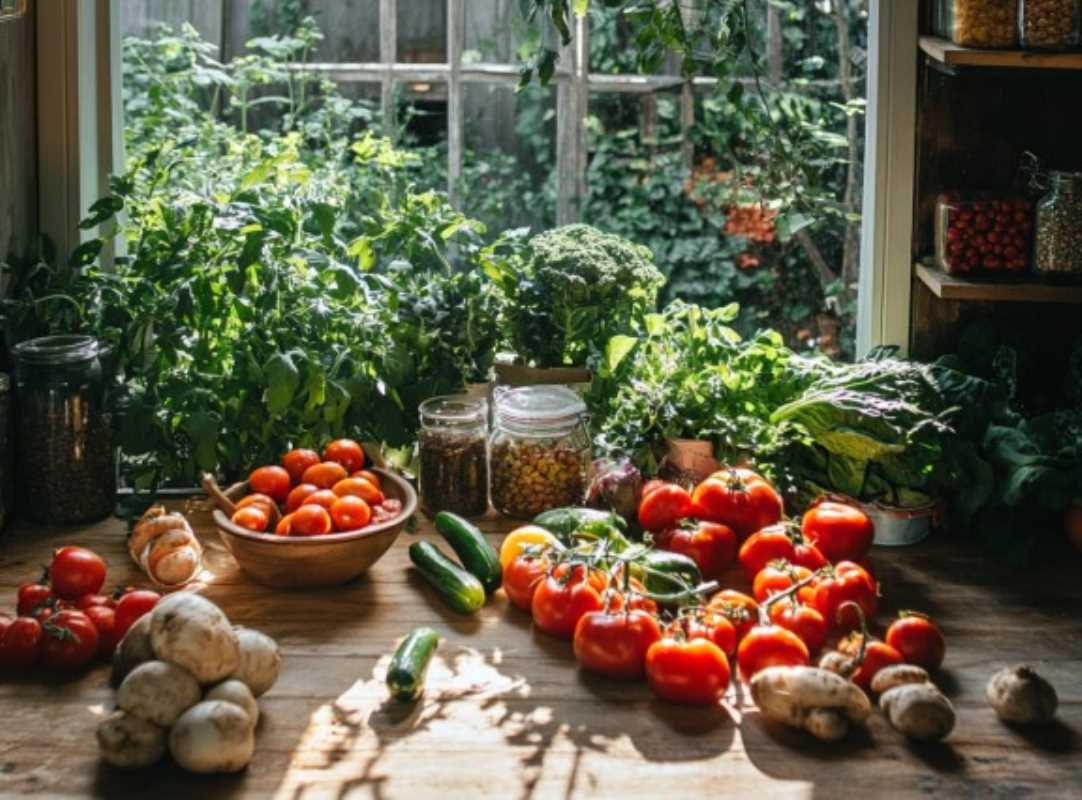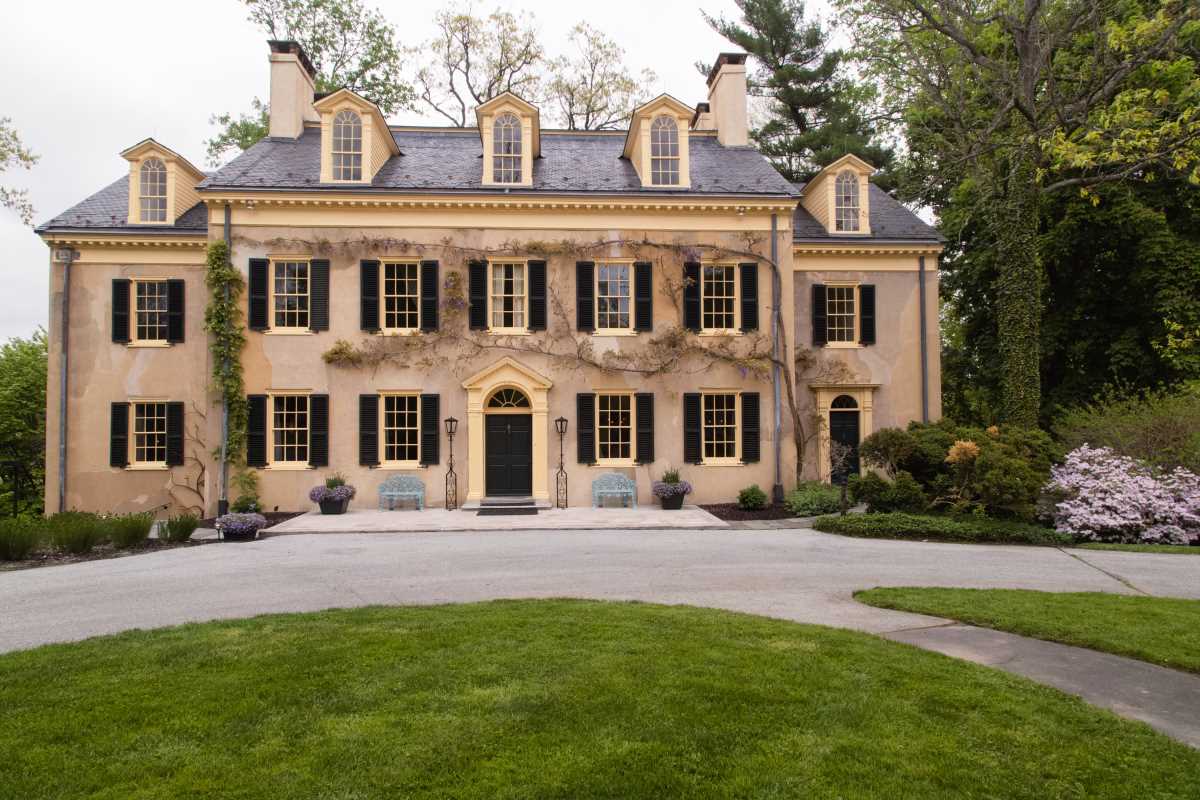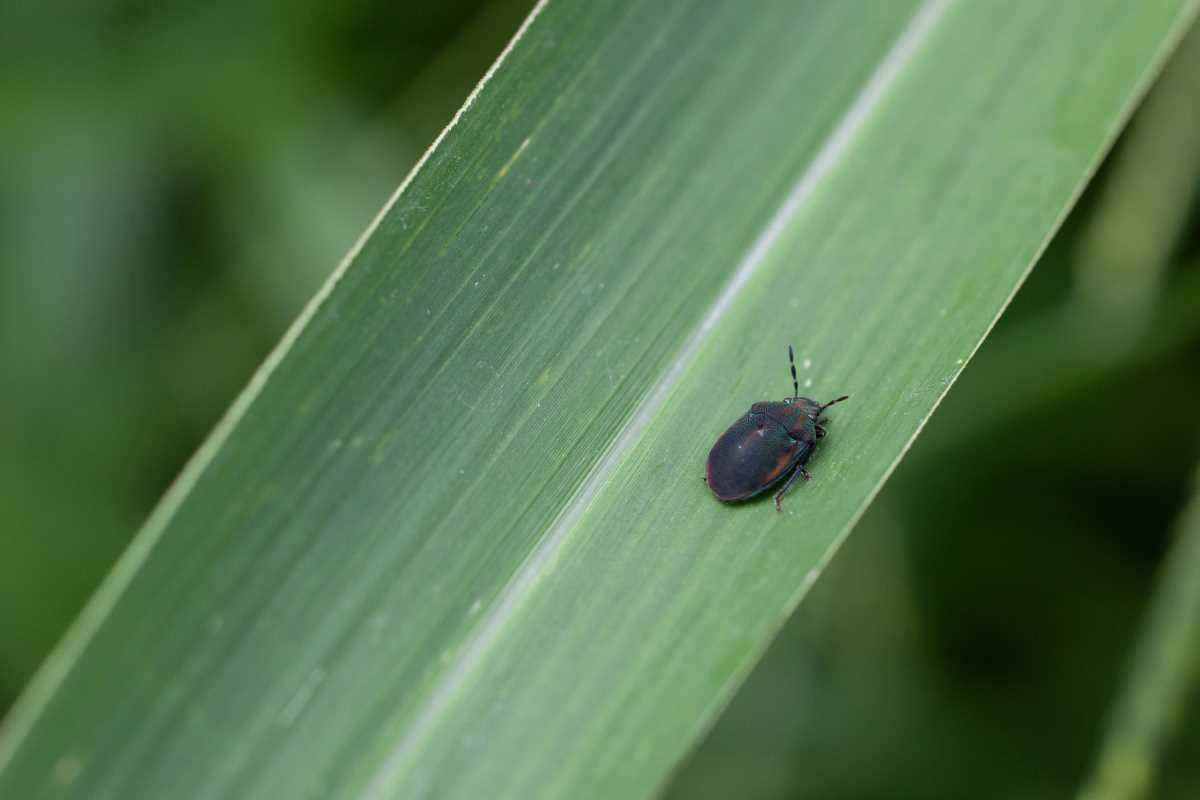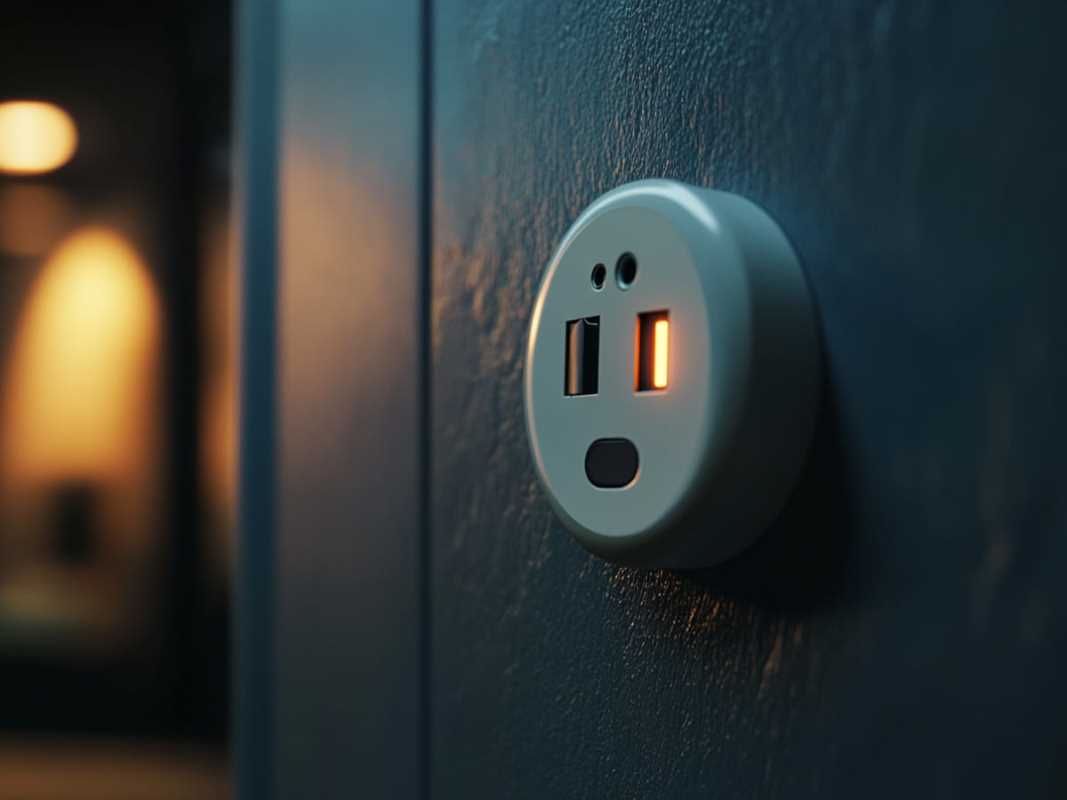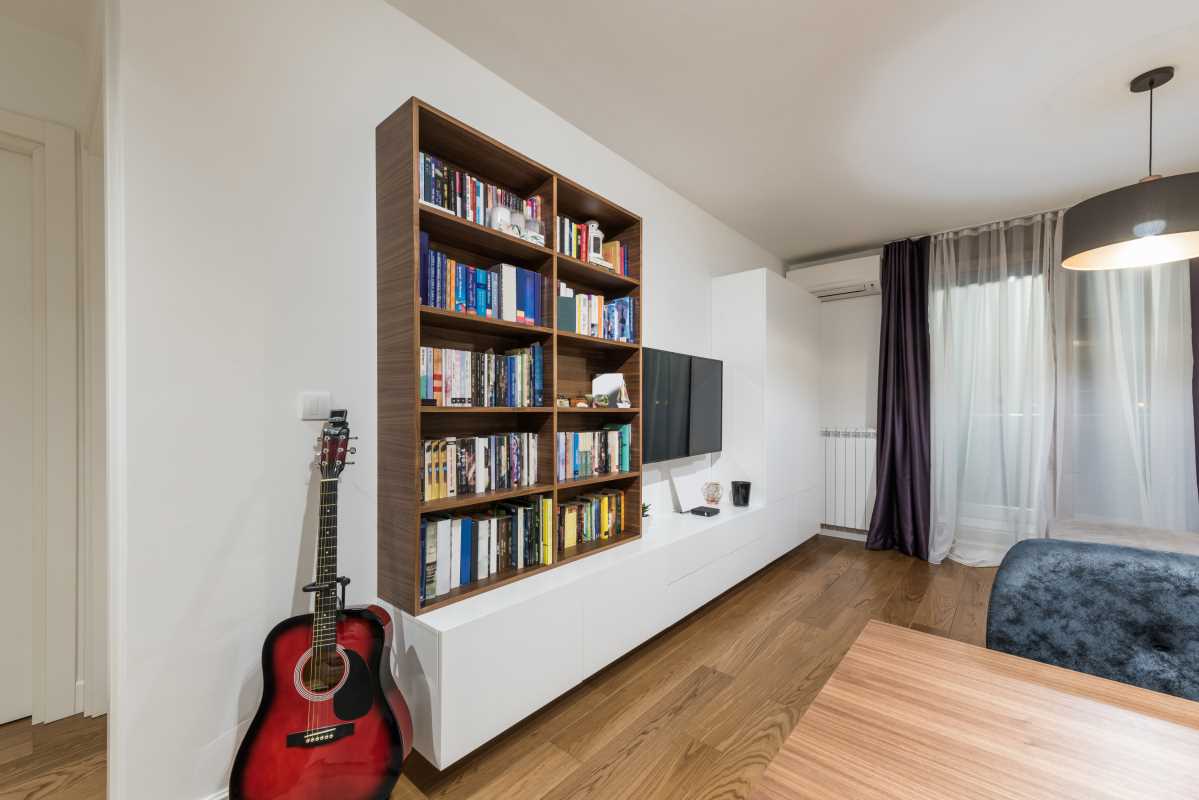Transforming your backyard into a lively haven for butterflies can be both affordable and rewarding. By tapping into your creative side and planning thoughtfully, you can design a stunning butterfly garden that not only beautifies your outdoor space but also nurtures these gentle pollinators. Such a garden infuses your yard with vibrant colors and dynamic movement, offering a tranquil escape for both you and the fluttering guests it attracts. Imagine stepping outside to a vivid display of nature, where peace and beauty harmonize, inviting you to unwind and connect with the natural world right at your doorstep.
Planning Your Butterfly Garden
- Location: Choose a sunny spot in your backyard, as butterflies enjoy sunlight. Ensure the area receives at least six hours of direct sunlight each day.
- Size: Determine the size of your garden based on available space. Even a small area can transform with the right selection of plants and design elements.
- Budget: Set a clear budget to guide your planning process. Focus on affordable materials and plants to keep expenses low.
- Accessibility: Ensure your garden is easily accessible for maintenance and offers enjoyable viewing from your home.
- Local Climate: Consider the climate of your region when selecting plants to ensure they thrive year-round.
Selecting Plants and Flowers
Butterflies are attracted to a variety of plants that provide nectar, shelter, and host plants for their larvae. Incorporating a mix of these plants will create a welcoming environment for different butterfly species.
Choose native plants whenever possible, as they suit your local climate and soil conditions. Sunflowers, lavender, and zinnias are popular choices that offer abundant nectar. Include host plants like milkweed for monarch butterflies and parsley or dill for swallowtails. These plants ensure that butterflies have both food sources and places to lay their eggs.
To keep costs down, start with seeds instead of buying mature plants. Seeds are less expensive and offer a wider variety of plant options. You can also propagate plants from cuttings or divide existing plants to expand your garden without additional costs.
Designing on a Budget
- Reuse Materials: Use reclaimed materials for garden beds and borders. Old pallets, bricks, and stones can add character without the cost.
- DIY Projects: Create your own garden decorations, such as butterfly feeders and sunshades, using simple materials like mason jars and wood scraps.
- Seed Swaps: Participate in seed swaps with local gardening groups to expand your plant collection without spending money.
- Mulching: Use free or low-cost mulch materials, such as grass clippings or shredded leaves, to retain soil moisture and reduce weed growth.
- Composting: Start a compost pile to create rich soil amendments from kitchen scraps and yard waste, eliminating the need to buy fertilizers.
- Natural Pest Control: Encourage beneficial insects like ladybugs and lacewings to control pests naturally, reducing the need for expensive pesticides.
- Water Conservation: Install a rain barrel to collect rainwater for your garden, minimizing water bills and promoting sustainability.
- Plant layering: Maximize space by planting in layers, which can create a lush garden without the need for additional square footage.
- Seasonal Planting: Rotate plants according to the seasons to ensure year-round color and interest without overcrowding your budget.
- Community Resources: Utilize community gardens or local plant sales for affordable plant options and gardening advice.
Maintaining Your Garden
Regular maintenance is essential to keep your butterfly garden healthy and flourishing. Simple routines can ensure your garden remains an inviting habitat for butterflies throughout the growing season.
Water your plants consistently, especially during dry periods, to provide a reliable nectar source. Early morning watering is ideal as it minimizes evaporation and reduces the risk of plant diseases. Prune dead flowers and stems to encourage new growth and prevent overcrowding. Regularly check for signs of pests or diseases and address them promptly using natural remedies to maintain a safe environment for butterflies.
Seasonal care also holds importance. In spring, prepare your garden by planting early bloomers and mulching to protect delicate roots. During the summer, maintain moisture levels and add fresh flowers to extend the blooming period. In the fall, clean up any debris and prepare plants for winter by providing adequate shelter or moving potted plants indoors.
Enhance Aesthetics
A butterfly garden not only benefits butterflies but also improves the visual appeal of your backyard. Incorporate colorful flowers and varied plant heights to create a dynamic and attractive landscape. Adding decorative elements like stones, benches, or birdbaths can further elevate the garden's charm. To maximize these benefits, enhance your garden's aesthetic appeal while improving air quality with vertical gardens.
Consider using garden art or handmade decorations to add personal touches that reflect your style. Lighting can also play a role in highlighting your garden's features during the evening hours, creating a magical atmosphere. By focusing on aesthetics, you create a space that is not only functional for butterflies but also a beautiful retreat for you to enjoy.
Building a butterfly garden is a rewarding project that enhances beauty, supports nature, and promotes sustainability. With careful planning and plant selection, you can create an enchanting space without high costs, providing endless enjoyment while supporting local butterflies. Start today and transform your backyard into a vibrant haven of fluttering wings.
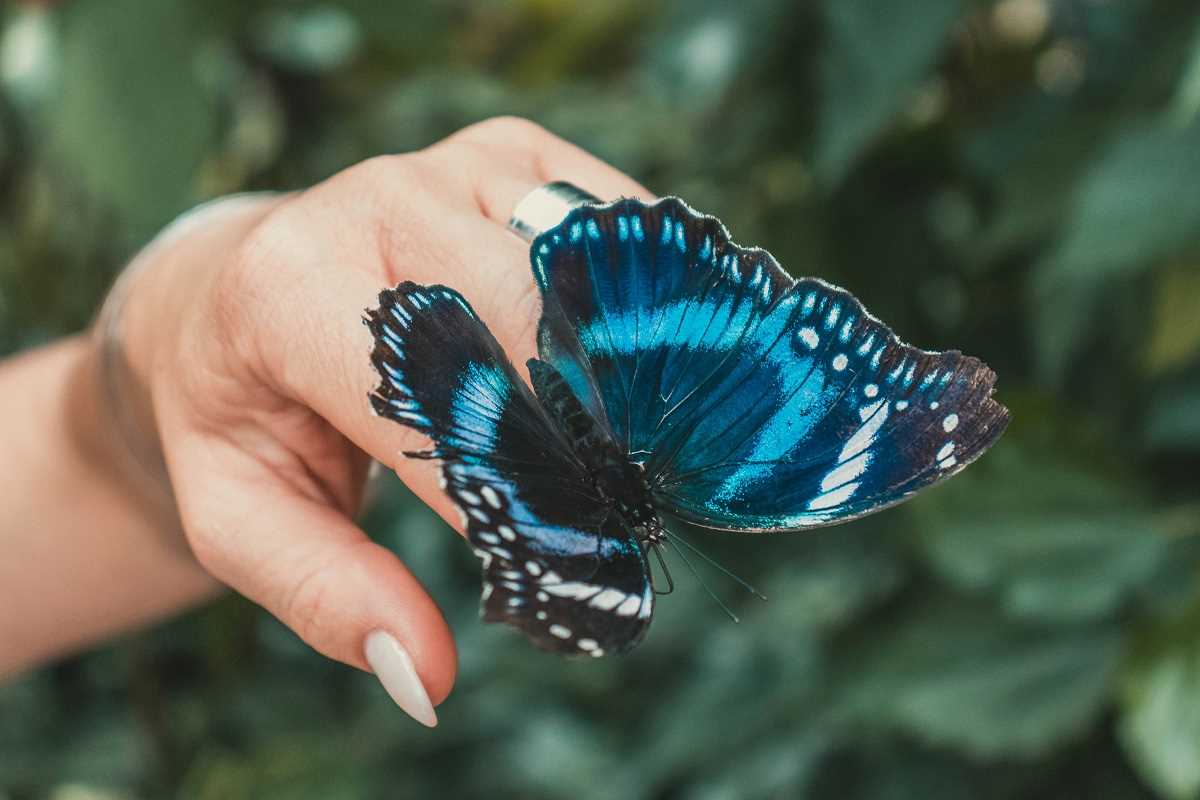 (Image via
(Image via
